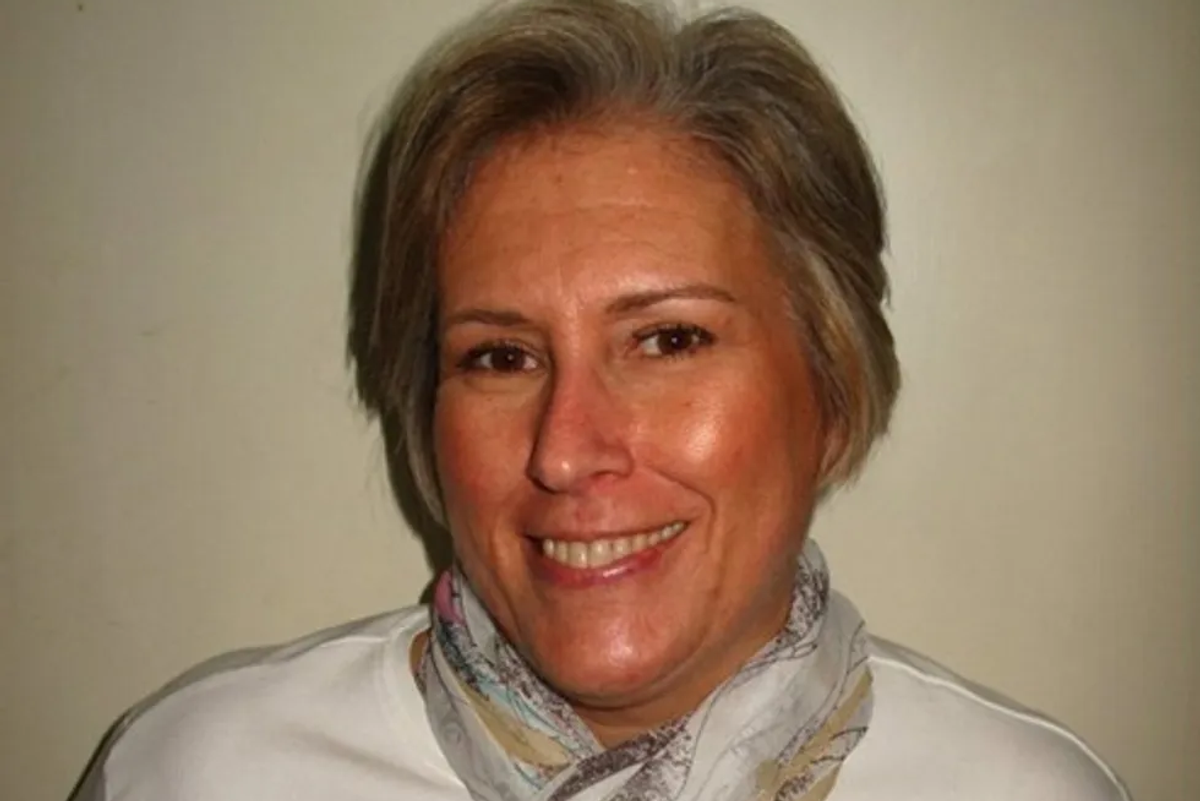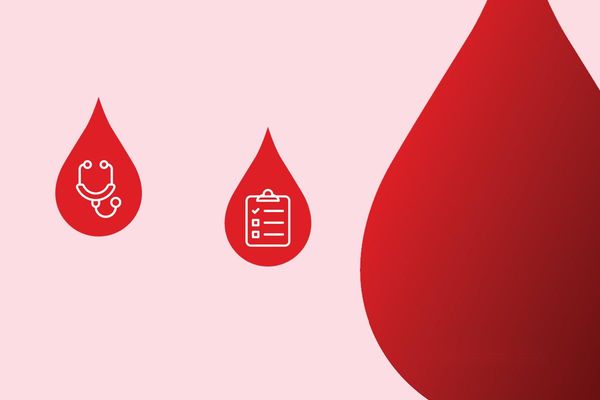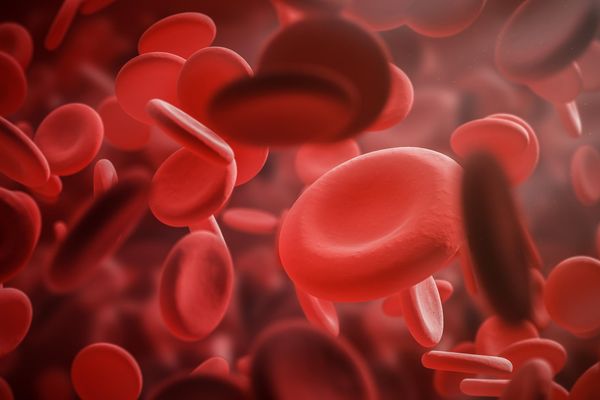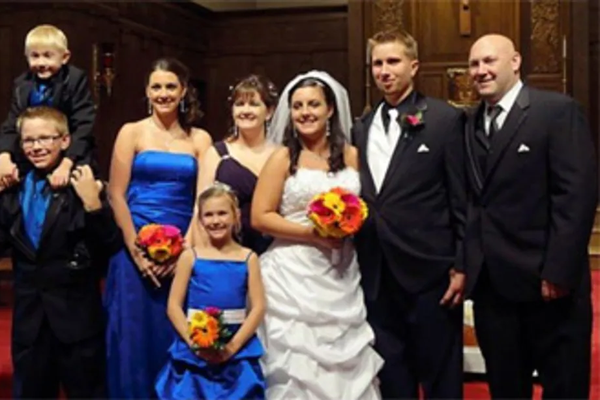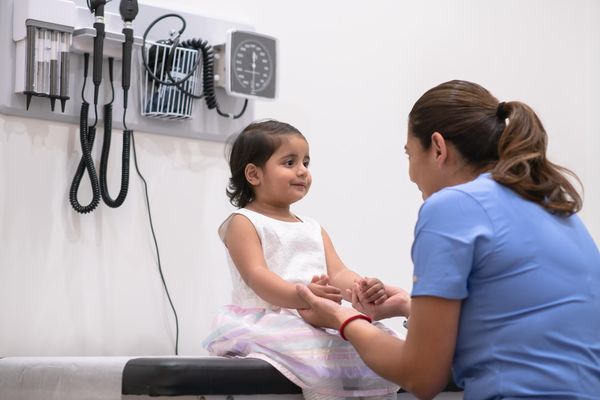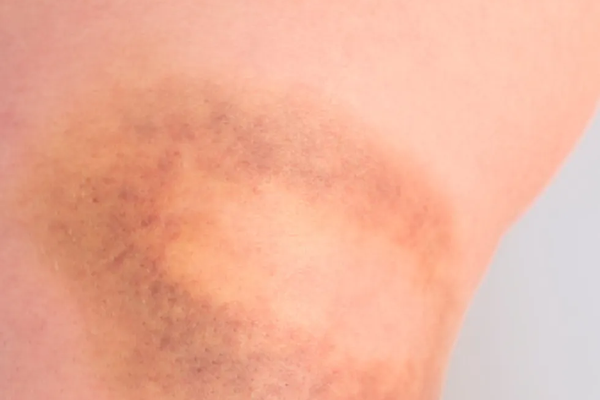By Kristin Prior
As any mother knows, having your first child is indescribable—a time full of joy and love. The love a mother has for her child can only be described as unconditional. When I became a mom to my beautiful baby boy, Lynden, my son's presence lit up my life. Not only did my son's entrance into this world bring me happiness, his very existence may have saved my life. It was thanks to him I was finally diagnosed with von Willebrand disease (VWD), a hereditary bleeding disorder that I had been suffering from all of my life.
With VWD, von Willebrand factor, a protein in the blood that is necessary for clotting, is either missing or not working properly. For many people the five most common signs and symptoms of VWD are easy bruising; frequent or prolonged nosebleeds; heavy, prolonged menstruation; prolonged bleeding following injury, childbirth or surgery; and prolonged bleeding during dental procedures. Most of these I had experienced.
As a child, I would bruise easily and had frequent nosebleeds. As I moved into my teenage years, my menstrual cycles were always very long and the bleeding was very heavy. During college, I fractured my kneecap and continued to experience joint-bleeds for weeks afterward. My doctor continually had to remove blood from around my knee but was unable to diagnose what was causing the bleeding.
Flash forward to 1995 and the birth of my son. Lynden began to exhibit some of those same symptoms almost from birth: bruising very easily all over his body and little cuts that would not clot. After running tests, doctors diagnosed Lynden at just 11 months with Hemophilia A and VWD. Since bleeding disorders are hereditary, the doctors had my husband, David, and I undergo our own testing to see which one of us also had VWD. It turned out that not only did I carry the gene for hemophilia, I, but I had type 1 VWD. This explained the symptoms I had been experiencing my whole life!
As strange as it may sound, I found my diagnosis to be a great relief. I finally had an answer to what had caused all those excessive bleeding episodes, and I could actually explore with my doctor how to treat it. I take a factor replacement therapy on-demand when I experience a bleeding episode. Now, I only experience a few episodes a year and even those are limited to bleeding in my joints after some sort of trauma.
Lynden also receives treatment prophylactically and, in spite of our conditions, we are prospering. We lead very active lives and are able to do all the things we love—camping, skiing and fishing. Now that I have a treatment that works for me, I don't let the fear of a bleeding episode inhibit me in any way.
As a busy mom with a full-time job, managing my bleeding disorder is just another thing on my to-do list. If you have been living with the unexplained signs and symptoms like I did for most of my life, I encourage you to see your doctor. A VWD diagnosis will improve your quality of life because you will be able to treat your condition and not live with the constant fear of your next episode. It may also inspire you to take on a new challenge—something you never thought you could accomplish. For me, that was revisiting a childhood passion of mine—horseback riding!
Guest blogger Kristin Prior lives with her husband and son in Shelburne, Vermont, and works as the Field Services Director for Franklin and Grand Isles counties.
- Understanding von Willebrand Disease: Do You Know the Signs? ›
- 5 Signs and Symptoms of von Willebrand Disease ›
- People Diagnosed With Bleeding Disorders Must Balance Priorities to Live Full — Not Fragile — Lives ›
- Living Well With a Bleeding Disorder ›
- HealthyWomen Asks: Do You Know the Signs and Symptoms of Von Willebrand Disease (VWD)? ›
- Making Sure von Willebrand Disease Doesn't Hinder Me as a Mom or My Kids - HealthyWomen ›
- Bleeding Disorders in Girls and Women - HealthyWomen ›

